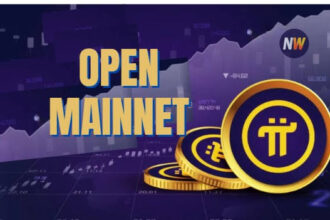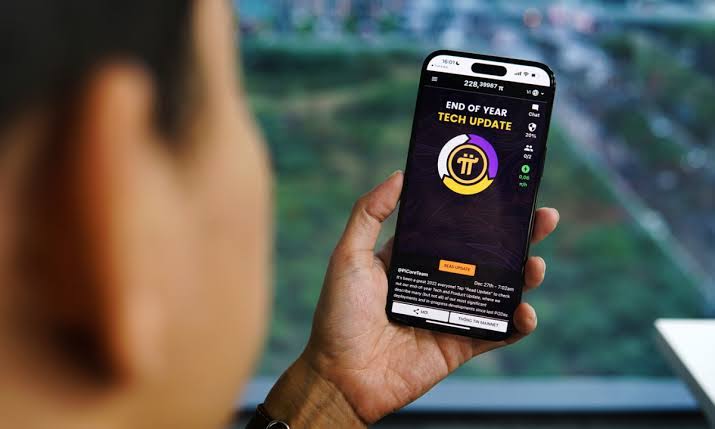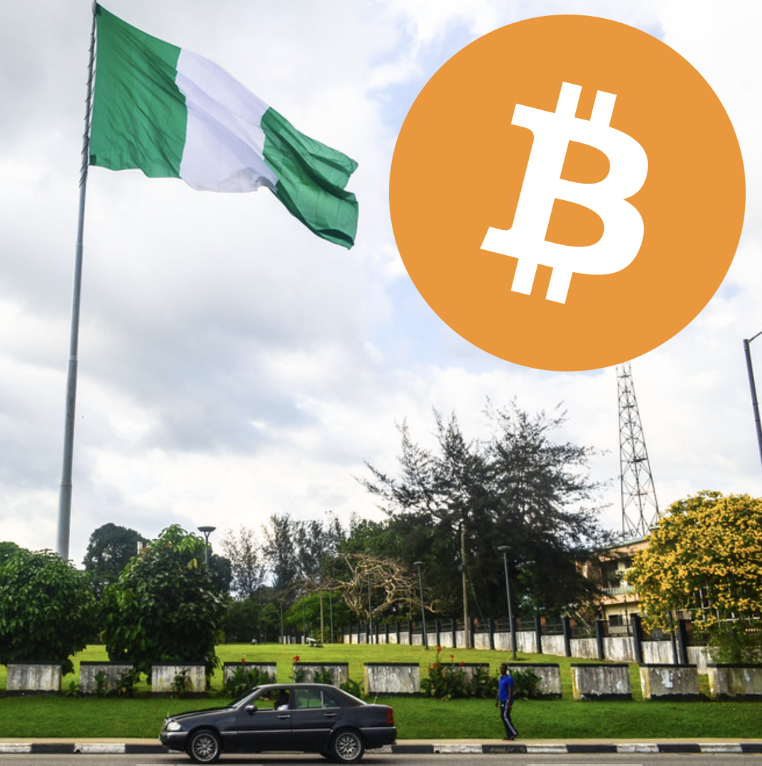A Security Breach within the Blockchain Industry
In a shocking turn of events, Multichain, a prominent crypto project facilitating cross-chain token swaps, has announced its decision to shut down. The abrupt closure comes after its founder and CEO, Zhaojun, disappeared and was reportedly taken into custody by Chinese authorities in late May 2023. The situation took a further dark twist when crucial operational funds and investor investments were revealed to be under Zhaojun’s control, leaving the Multichain team unable to continue its operations. This incident highlights the security challenges within the blockchain industry and raises concerns about the safety of user assets on decentralized platforms.
The Mystery Unfolds
The troubles for Multichain began on May 21, 2023, when Zhaojun was taken away by Chinese police, cutting off all communication with the global Multichain team. The project’s node operators were also impacted, as their access keys to the MPC node servers were revoked. Shockingly, these servers were running under Zhaojun’s personal cloud server account, leaving the team unable to access them.
1. On May 21, 2023, Multichain CEO Zhaojun was taken away by the Chinese police from his home and has been out of contact with the global Multichain team ever since. The team contacted the MPC node operators and learned that their operational access keys to MPC node servers had…
— Multichain (Previously Anyswap) (@MultichainOrg) July 14, 2023
According to Multichain’s statement, Zhaojun’s computers, phones, hardware wallets, and mnemonic phrases were confiscated by the authorities. As a result, all operational funds, including investments from investors, were in Zhaojun’s sole possession. This revelation exposed the vulnerability of centralized control over project resources and raised questions about the security measures in place to safeguard user funds.
Team’s Struggle and Community Cooperation
Faced with limited information about Zhaojun’s case, the Multichain team made efforts to continue project operations, adhering to legal guidelines and maintaining secrecy around the situation. The team released news about Zhaojun’s disappearance on May 30 and kept the community informed about technical challenges.
Despite facing uncertain circumstances, the Multichain protocol continued to function as designed, and the team worked diligently to address user issues and maintain operations. However, on July 7, user assets locked in MPC addresses were transferred to unknown addresses, signaling a breach in the system’s security.
Assets Transferred and Sister’s Involvement
Following the suspicious asset transfers, Zhaojun’s sister took action to preserve the remaining user assets. She transferred the funds to EOA addresses that she controlled, but on July 13, she, too, was taken into custody, leaving her assets’ status uncertain.
This series of events left the Multichain team with no alternative sources of information and lacking operational funds, ultimately leading to the project’s forced shutdown. The team also disclosed its inability to access the Domain Account to bring down the frontend website (http://multichain.org).
Implications for Blockchain Security
The Multichain saga sheds light on the security challenges faced by blockchain projects, particularly those with centralized elements. While blockchain technology is often touted for its security features, this incident highlights the risks associated with single points of control, where crucial assets and operational funds rest in the hands of a single individual. It raises questions about the need for robust security measures and decentralized governance to safeguard user assets and project sustainability.
The sudden closure of Multichain, prompted by the arrest of its CEO and the subsequent loss of control over assets, serves as a stark reminder of the security risks within the blockchain industry. As the community grapples with the aftermath of this incident, it calls for renewed efforts to strengthen security measures and embrace decentralized practices to safeguard user funds and the integrity of blockchain projects.
Efforts to Strengthen Security Measures within the Blockchain Industry
To prevent incidents like the one experienced by Multichain and enhance security within the blockchain industry, several applicable measures can be implemented:
- Decentralization: Emphasize decentralization in project governance and control. Avoid single points of control where critical assets and operational funds rest solely with one individual or entity. Instead, distribute decision-making power among various stakeholders through decentralized protocols.
- Multi-Signature Wallets: Utilize multi-signature wallets for the storage and management of funds. Multi-signature wallets require multiple parties to sign off on transactions, reducing the risk of unauthorized access and potential fund mismanagement.
- Independent Audits: Conduct regular and independent security audits of smart contracts, protocols, and infrastructure to identify vulnerabilities and address potential security risks.
- Transparency: Foster transparency within the project, sharing essential information with the community to build trust. Regularly communicate project updates and address concerns openly.
- Community Governance: Incorporate community governance mechanisms where token holders have a say in decision-making processes, including fund management and protocol upgrades.
- Legal Compliance: Ensure compliance with relevant local and international regulations. Engage legal advisors to navigate the complexities of operating within different jurisdictions.
- Backup and Recovery Plans: Develop robust backup and recovery plans for critical data and assets to minimize potential losses in case of unforeseen events.
- Escrow Services: Consider utilizing reputable escrow services to hold and manage funds for specific purposes, providing an added layer of security.
- Security Training: Educate team members about cybersecurity best practices and potential threats to promote a security-conscious culture.
- Bug Bounty Programs: Encourage the community to participate in identifying and reporting potential vulnerabilities through bug bounty programs, rewarding those who contribute to enhancing the project’s security.
- Multi-Factor Authentication (MFA): Implement MFA for access to critical systems and accounts, adding an extra layer of security to prevent unauthorized access.
- Emergency Protocols: Develop and test emergency protocols to be followed in case of unforeseen incidents or events, allowing the team to respond promptly and effectively.
- Insurance: Explore the possibility of obtaining cryptocurrency insurance to protect against potential losses caused by security breaches or hacking attempts.
- Continuous Evaluation: Continuously evaluate and improve security measures to stay ahead of emerging threats and potential risks.
https://newsway.com.ng/arkm-2-0-stealth-launch-on-uniswap/
By incorporating these measures and fostering a security-first mindset, blockchain projects can better safeguard user assets and create a more resilient ecosystem, mitigating the risks of similar occurrences in the future.















